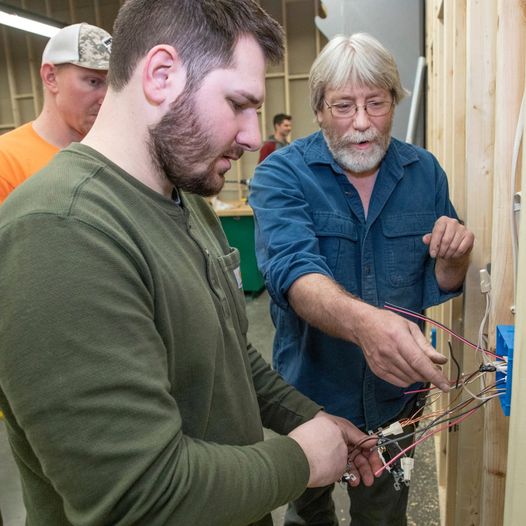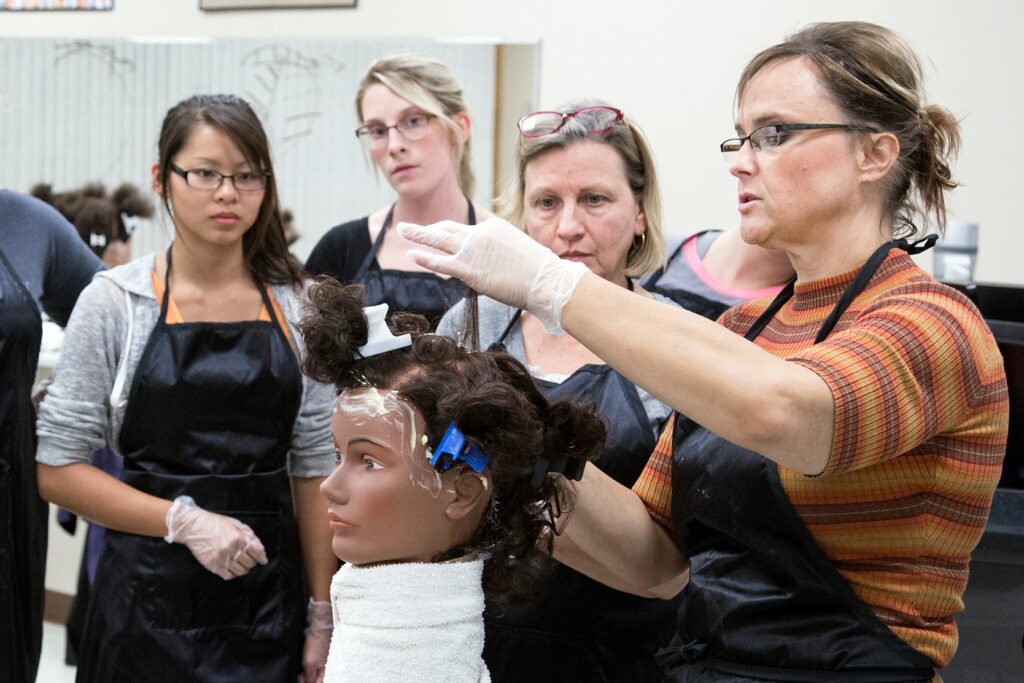Apprenticeships have long been an important entry point for construction, plumbing and manufacturing trades. In addition to these sectors, there are now apprenticeships in fields such as healthcare, education, and information technology, with new fields and employers continuing to jump in. According to 2021 data from the U.S. Department of Labor, registered apprentices have increased 64% since 2012. Why this shift? Recognizing the nation’s heightened demand for skilled workers coupled with a desire to reduce their reliance on student loans, an increasing number of students are choosing career-connected pathways, including registered apprenticeships.1
While one of the main benefits of apprenticeship programs is that apprentices get hands-on training and education while earning a wage, there are still costs associated with enrollment and completion. Thanks to the passage of the 2019 SECURE Act (Setting Every Community Up for Retirement Enhancement), qualified costs associated with apprenticeship programs — such as fees, textbooks, supplies, and equipment like required trade tools — can be paid for with funds saved in a 529 college savings plan free from federal tax, so long as the apprenticeship is certified and registered with the U.S. Department of Labor’s National Apprenticeships Act.
Some states include apprenticeship as a qualified educational expense for state tax purposes, while others may include recapture of tax deduction from state income tax, as well as penalties. Anyone considering paying for apprenticeship expenses with funds saved in a 529 college savings plan should talk to a qualified professional about how tax provisions affect their circumstances.
To acknowledge National Apprenticeship Week in November 2023, the Wisconsin College Savings Program team talked with apprenticeship leaders in the state to better understand how 529 college savings programs and apprenticeships can work together.
Nicci Pagan, Apprenticeship Coordinator at Gateway Technical College in Racine, Wisconsin, shared that while there are more apprenticeship programs than ever before, many students and families are still not aware of how these programs work, the costs associated with them, and the many types of jobs that can be secured after completion. Speaking from her own personal experience, Pagan shared that she wished she had been more aware of apprenticeship programs as a student and a single mother.
“An apprenticeship program would have been a fabulous solution for me to get my education while also earning a wage.” She made it her mission to educate as many people as possible in the state about the benefits of apprenticeship programs. “They are a great opportunity for individuals who don’t want to give up education to have a skill but need to be able to work as well,” said Pagan.
In Wisconsin, apprentices are generally required to complete coursework at a technical college, through a partnership between the apprenticeship program, employer, and the educational institution. “Apprenticeship programs are specifically designed to meet the needs of employers, so I think in the next five years, we’re going to continue to expand the trades in which we have apprenticeships in,” Pagan stated. “We’ll continue to expand and meet the needs of local businesses and employers as well as the apprentices themselves, as they’re learning and growing.”
The Wisconsin College Savings Program knows that higher education takes many forms, that’s why its Edvest 529 and Tomorrow’s Scholar plans can be used for whatever comes after high school, including four-year universities, community colleges, trade, technical, or vocational schools, certificate programs, and apprenticeships.
If you are interested in pursuing an apprenticeship program, you can browse apprenticeship opportunities nationwide, searching by sector or location at www.apprenticeship.gov. Consult with your 529 college savings plan administrator to see if funds saved in a 529 plan can be used for apprenticeship expenses tax-free in your home state. Lastly, check with your area’s employers and technical/vocational colleges. They may have knowledge of current or upcoming apprenticeship opportunities in your community.
About the Authors:
Cheryl Rapp serves as a College Investment Program Finance Officer with the Wisconsin Department of Financial Institutions, which oversees Edvest, Wisconsin’s 529 Plan. Edvest has been helping families save for education since 1997. Rapp has over 23 years of experience working for the State as the College Affordability Specialist prior to joining the College Savings Program. Her experience includes educating students, parents, teachers, and school counselors on the value of and how to complete the Free Application for Financial Student Aid. In her current role as College Investment Finance Officer for the Wisconsin 529 College Savings Program, Rapp manages outreach to Wisconsin residents. She works to increase awareness of the plans among Wisconsin residents while helping them begin saving for their children’s higher education. She is a graduate of the University of Wisconsin-Green Bay, from which she earned a bachelor’s degree in Humanistic Studies.
Chelsea Wunnicke serves as a Wisconsin College Savings Program Finance Officer with the Wisconsin Department of Financial Institutions. With a background in delivering Financial Capabilities Outreach and Education with the University of Wisconsin Extension, Chelsea has expertise in helping families and communities envision financial inclusion and find strategies to improve their futures. Chelsea lives with her family in rural Richland County, Wisconsin, and has a special interest in helping more Wisconsin communities and youth benefit from early saving for higher education.


